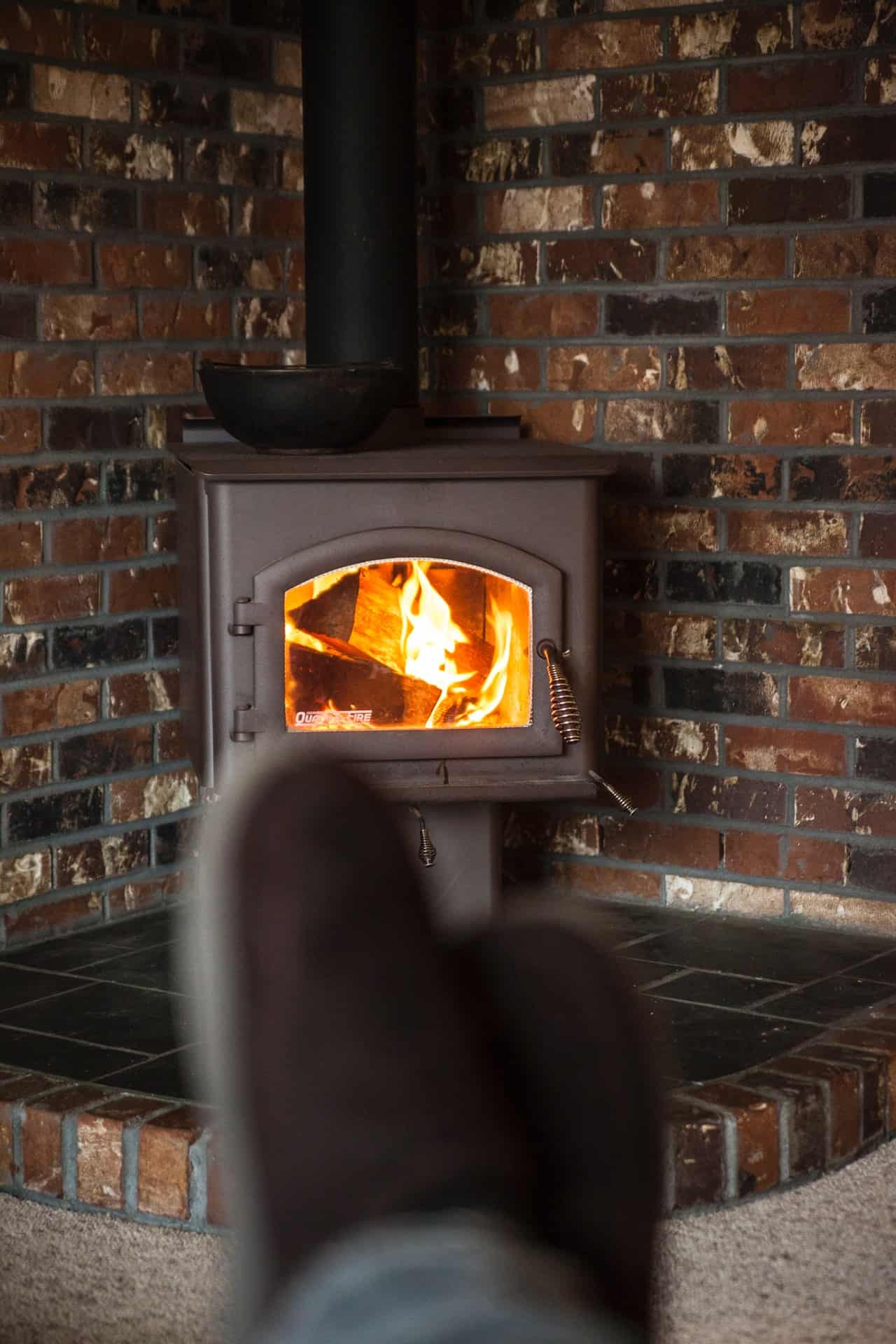Preparing your home for colder temperatures is something you can’t ignore if you expect to stay comfortable throughout the winter. This preparation starts with your heating system.
After your furnace sits idle for months, there’s a good chance certain components need attention. Pushing them too hard without a tune-up could result in an unexpected breakdown.
While it’s advised to hire a professional to perform an HVAC inspection, there are things you can do on your own. Keep reading for a furnace tune-up checklist to go through each year.
Overall Cleaning
During the summer months, your furnace builds up a lot of dust and grime. This can lead to problems if not cleaned before the winter.
Use a damp rag to clean all surfaces. This includes the blower, drive belt, and burners. You can use a vacuum if there’s an excessive amount of dust.
It’s also important to install a new air filter before winter use. This ensures your furnace doesn’t work too hard.
Carbon Monoxide Levels
As a general rule, you need to test for high carbon monoxide levels each year. If you discover your furnace has developed a leak, you’ll need to turn it off and call a professional.
The best way to check for high carbon monoxide levels is to use a CO detector. They’re easy to use and affordable.
You should also look for a buildup of soot around your furnace or the premature rusting of pipes. These are both indications of a potential leak.
Inspect the Pilot Light
If your furnace contains a pilot light, you’ll need to inspect it each year. The way it burns can tell you how the unit is performing.
You want the flame of your pilot light to burn blue. If the flame is yellow or orange, your furnace isn’t burning gas properly.
You can read more about furnace repair and try to fix the problem on your own. However, if you feel like you’re in over your head, call a professional.
Unclog the Drainage Line
Furnaces product water while in operation. Much of this turns to steam and gets blown out of your home. The remaining water collects in a drip pan.
A drainage line carries this water out of your home. However, it can become clogged with debris.
You can clear the drainage line by detaching it and sending compressed air through it. It also helps to clean it with vinegar.
Listen Closely
The first time you run your furnace each season, listen for any unusual sounds. Pops, grinding, or wheezing could indicate a big problem.
A loud screeching sound could mean the blower motor is about to go out. Rattling could mean the heat exchanger is now broken.
Don’t make the mistake of ignoring odd sounds. You could end up with a dead furnace.
Use the Furnace Tune-Up Checklist Each Year
The performance of your furnace depends on how vigilant you are. Annual maintenance will result in a comfortable home for years to come.
Perform the items on this furnace tune-up checklist once the temperature starts dropping.
We hope this article has helped you out. Feel free to browse the rest of our site for more home improvement content.
Discover more from Futurist Architecture
Subscribe to get the latest posts sent to your email.



![modern apartment [article_title]](https://www.futuristarchitecture.com/wp-content/uploads/2025/03/10-Smooth-Hacks-to-Modernize-With-Cordless-Blinds-900x600.jpg)